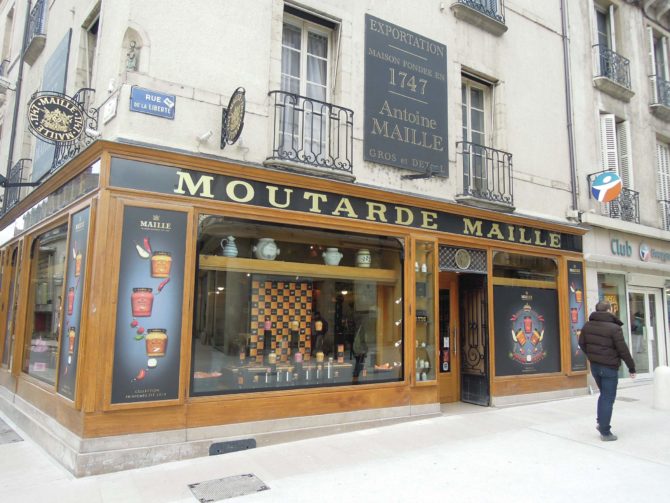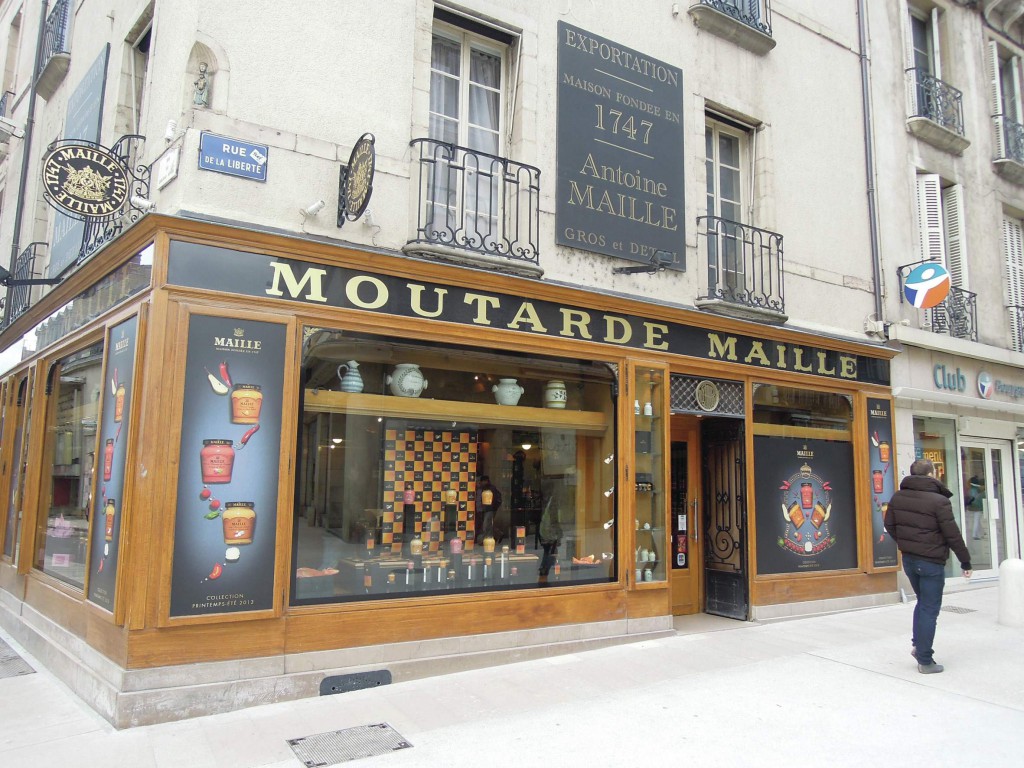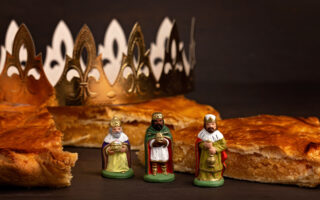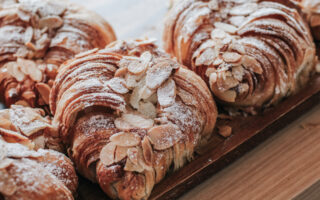Dijon Mustard


“There is no mustard except in Dijon”.
Purist gourmands will agree that this 14th-century Lillois proverb rings just as true today, although mustard itself dates back to Roman times. Dijon mustard as we now know it didn’t appear until the 18th century, and resulted from an experiment in which one of the city’s makers, Jean Naigeon, substituted the traditional vinegar with verjus – the unfermented juice of unripe white grapes, abundant in this wine-growing region.
The result was creamier, smoother and less acidic, attributes which still characterise Dijon mustard today, although nowadays white wine rather than verjus is generally used. French manufacturers such as Maille and Poupon have long dominated the gastronomic market.
As with all cuisine which stands the test of time, mustard has a folkloric past that’s contributed to its popularity across the centuries, its fiery heat spawning beliefs in mystical healing properties. Roman philosophers believed that mustard intensified the senses, ancient apothecaries created aphrodisiacal concoctions from it, and superstitious householders throughout northern Europe sprinkled mustard seeds around their homes to ward off evil spirits – a ritual that travelled as far as India.
Although mustard’s still used in folk medicine today as a digestion aid and antiseptic, its mystical properties have been superseded by a global appetite for what’s undoubtedly France’s most famous condiment. Heavenly with meats and fish, and a flavoursome salad dressing and sauce base, the product which put Dijon on the map still resoundingly ‘cuts the mustard’.
Head to the Maille website to order gourmet mustard direct to your door.
Share to: Facebook Twitter LinkedIn Email
More in children, fishing, food, heating, maps, wine
Leave a reply
Your email address will not be published. Required fields are marked *



